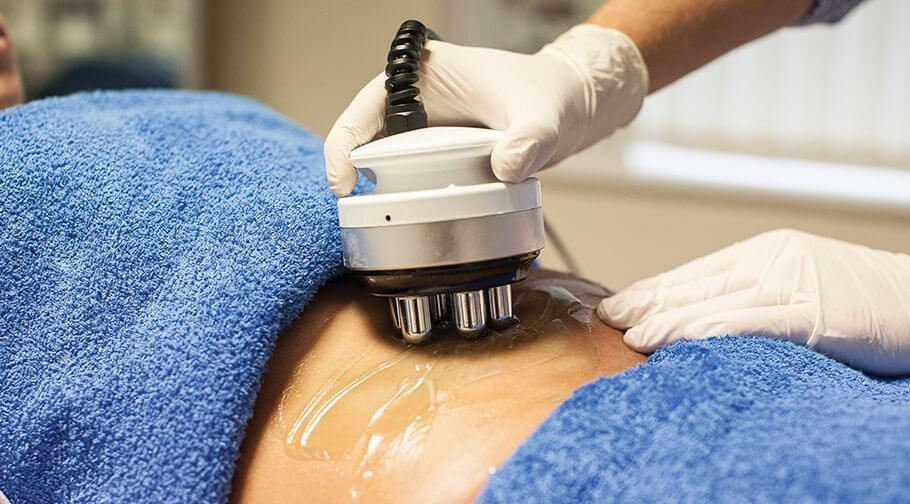Radio frequency (RF) treatment has gained recognition as a non-invasive method for reducing stubborn fat. But how does it actually work? Understanding the science behind this innovative technique can help shed light on its effectiveness in fat reduction.
Radio frequency treatment utilizes radio frequency energy to target the underlying fat cells. The radio waves penetrate the skin and heat the fat cells to a precise temperature, causing them to break down. The body then naturally eliminates the broken-down fat cells through its lymphatic system.

Image Source : Google
The key advantage of RF treatment is its ability to selectively target fat cells while leaving the surrounding tissues unharmed. The radio frequency energy is absorbed more readily by fat cells due to their higher water content, making them more susceptible to the heat. This targeted approach ensures that the treatment is safe and effective.
Furthermore, the heat generated during the RF treatment stimulates collagen production in the skin. Collagen is a protein that provides structure and support to the skin. As we age, collagen production decreases, leading to sagging and wrinkling. By stimulating collagen synthesis, RF treatment not only reduces fat but also tightens and firms the skin, resulting in a more sculpted appearance.
RF treatment is a versatile procedure that can be used on various areas of the body, including the abdomen, thighs, arms, and back. The number of treatment sessions required will depend on factors such as the individual's desired results and the amount of fat being targeted. Patients typically notice gradual improvements in their body contours over time.